8 Formidable Facts About Bees
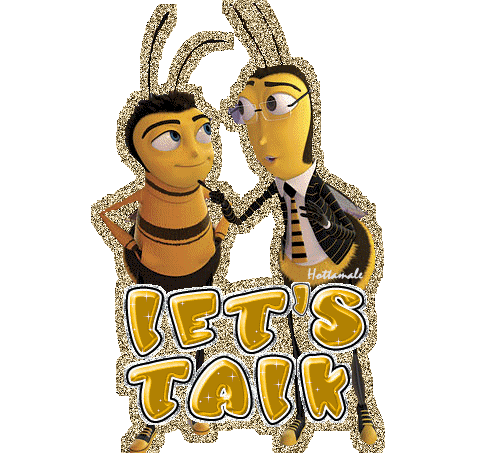

Spring is (supposedly) on its way, so we want to send a little love and appreciation to all the bees out there, making our everyday possible. Join us in celebrating these 8 reasons to celebrate our tiny, but mighty friends.
Spring is (supposedly) on its way, so we want to send a little love and appreciation to all the bees out there, making our everyday possible. Join us in celebrating these 8 reasons to celebrate our tiny, but mighty friends.

1. Bees make our surroundings beeee-autiful. In addition to pollinating our crops, bees are responsible for pollinating all of the things that make spring sing. And they’re no novices - they’ve been producing honey from flowering trees (fruit trees, nut trees, and bee-yond) for 10-20 million years! From the TED-Ed Lesson TThe case of the vanishing honeybees - Emma Bryce
2. Bees are social insects. Honey bees live together in large, well-organized family groups and engage in a variety of complex tasks not practiced by solitary insects. Communication, complex nest construction, environmental control, defense, and division of the labor are just some of the behaviors that honey bees have developed to exist successfully in social colonies. And they are not the least bit lazy: one single bee colony can pollinate 300 million flowers each day. From the TED-Ed Lesson The case of the vanishing honeybees - Emma Bryce
3. Bees are above words. They communicate through ‘dance’ and pheromones. By performing what’s referred to as the ‘waggle dance’, bees can share information about the direction and distance to patches of flowers yielding nectar and pollen, to water sources, or to new nest-site locations. From the TED-Ed Lesson Why do honeybees love hexagons? - Zack Patterson and Andy Peterson
4. Bees make great wingmen. Bees are very busy little matchmakers. The bees’ side of the whole “birds and the bees” business is to help plants find mates and reproduce. Today, around 170,000 plant species receive pollination services from more than 200,000 pollinator species, a good many of which are bees! In return, flowering plants are an abundant and diverse food source for pollinators. For instance, fossil records suggest that bees may have evolved from wasps that gave up hunting after they acquired a taste for nectar. From the TED-Ed Lesson How bees help plants have sex - Fernanda S. Valdovinos
5.Bees put food on our tables. Bees pollinate our crops on an industrial scale, generating over one-third of U.S. food production. Their work alone has contributed an estimated $15-20 billion of value to the U.S. agricultural business. From the TED-Ed Lesson The case of the vanishing honeybees - Emma Bryce
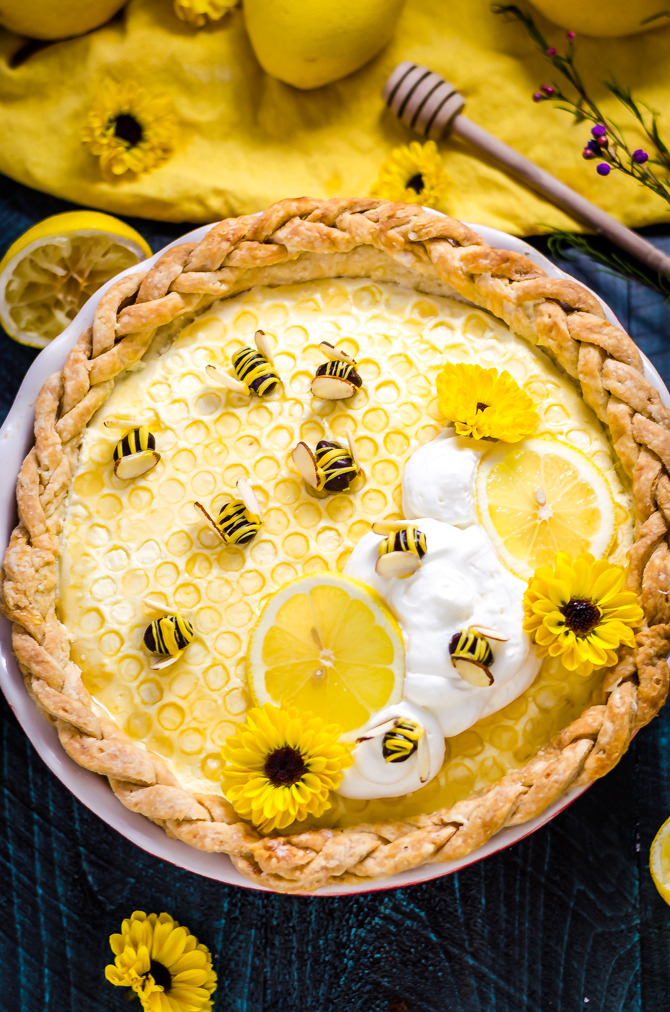 6. Bees can totally pack up a car better than you. Honeybees are some of nature’s finest mathematicians. Not only can they calculate angles and comprehend the roundness of the earth, these smart insects build and live in one of the most mathematically efficient architectural designs around: the beehive. Charles Darwin himself wrote that the honeycomb is a masterpiece of engineering. It is “absolutely perfect in economizing labor and wax.” From the TED-Ed Lesson Why do honeybees love hexagons? - Zack Patterson and Andy Peterson
6. Bees can totally pack up a car better than you. Honeybees are some of nature’s finest mathematicians. Not only can they calculate angles and comprehend the roundness of the earth, these smart insects build and live in one of the most mathematically efficient architectural designs around: the beehive. Charles Darwin himself wrote that the honeycomb is a masterpiece of engineering. It is “absolutely perfect in economizing labor and wax.” From the TED-Ed Lesson Why do honeybees love hexagons? - Zack Patterson and Andy Peterson
7. Bees are hooked on coffee, too. When bees pollinate coffee plants, they consume low doses of caffeine from the coffee flower nectar, which means that bees are **BUZZZZZING** from a caffeine high just like us, AND helping us to get our coffee fix on the daily! From the TED-Ed Lesson The case of the vanishing honeybees - Emma Bryce
8. Honeybees are disappearing at astonishing rates. Not to be a **buzzkill**, but here’s a not-so-fun fact. In the past decade, the U.S. honeybee population has been decreasing at an alarming and unprecedented rate. Bee mortality rates in commercial production have more than doubled in the last decade, and in 2015, 40% of bee colonies were reported lost in just a single year. There are a variety of factors causing Colony Collapse Disorder, and scientists everywhere are working to prevent further loss of bees. Keep reading to see how you can help. From the TED-Ed Lesson The case of the vanishing honeybees - Emma Bryce


2. Bees are social insects. Honey bees live together in large, well-organized family groups and engage in a variety of complex tasks not practiced by solitary insects. Communication, complex nest construction, environmental control, defense, and division of the labor are just some of the behaviors that honey bees have developed to exist successfully in social colonies. And they are not the least bit lazy: one single bee colony can pollinate 300 million flowers each day. From the TED-Ed Lesson The case of the vanishing honeybees - Emma Bryce
3. Bees are above words. They communicate through ‘dance’ and pheromones. By performing what’s referred to as the ‘waggle dance’, bees can share information about the direction and distance to patches of flowers yielding nectar and pollen, to water sources, or to new nest-site locations. From the TED-Ed Lesson Why do honeybees love hexagons? - Zack Patterson and Andy Peterson
4. Bees make great wingmen. Bees are very busy little matchmakers. The bees’ side of the whole “birds and the bees” business is to help plants find mates and reproduce. Today, around 170,000 plant species receive pollination services from more than 200,000 pollinator species, a good many of which are bees! In return, flowering plants are an abundant and diverse food source for pollinators. For instance, fossil records suggest that bees may have evolved from wasps that gave up hunting after they acquired a taste for nectar. From the TED-Ed Lesson How bees help plants have sex - Fernanda S. Valdovinos
5.Bees put food on our tables. Bees pollinate our crops on an industrial scale, generating over one-third of U.S. food production. Their work alone has contributed an estimated $15-20 billion of value to the U.S. agricultural business. From the TED-Ed Lesson The case of the vanishing honeybees - Emma Bryce

7. Bees are hooked on coffee, too. When bees pollinate coffee plants, they consume low doses of caffeine from the coffee flower nectar, which means that bees are **BUZZZZZING** from a caffeine high just like us, AND helping us to get our coffee fix on the daily! From the TED-Ed Lesson The case of the vanishing honeybees - Emma Bryce
8. Honeybees are disappearing at astonishing rates. Not to be a **buzzkill**, but here’s a not-so-fun fact. In the past decade, the U.S. honeybee population has been decreasing at an alarming and unprecedented rate. Bee mortality rates in commercial production have more than doubled in the last decade, and in 2015, 40% of bee colonies were reported lost in just a single year. There are a variety of factors causing Colony Collapse Disorder, and scientists everywhere are working to prevent further loss of bees. Keep reading to see how you can help. From the TED-Ed Lesson The case of the vanishing honeybees - Emma Bryce
Let’s hear it for the bees!

(Let’s give the bees a ha-aa-aa-aaand!)
Love bees as much as we do? Well, give the bees a hand, for real! Plant some bee-friendly flowers this spring and remember, when bees have access to good nutrition, we have access to good nutrition through their pollination services. 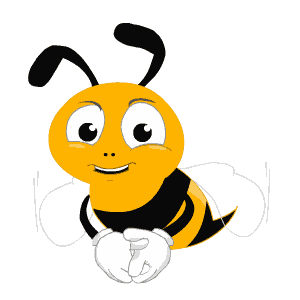
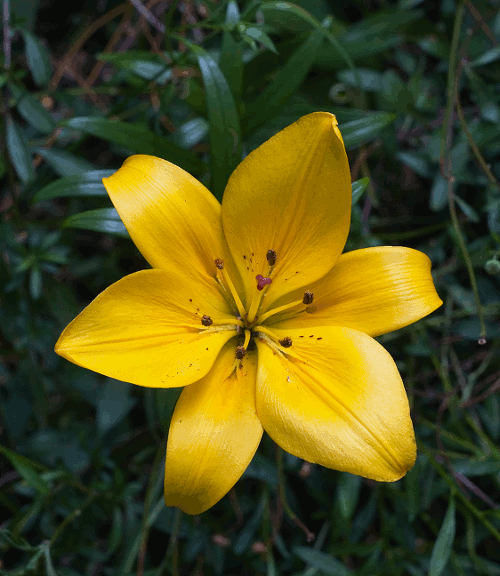
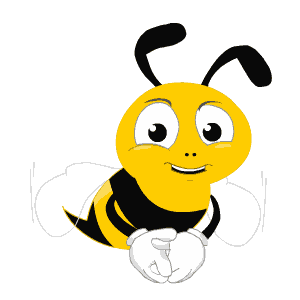


No comments:
Post a Comment